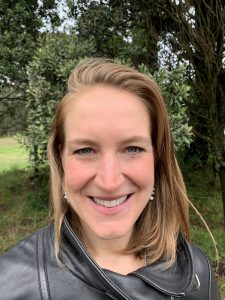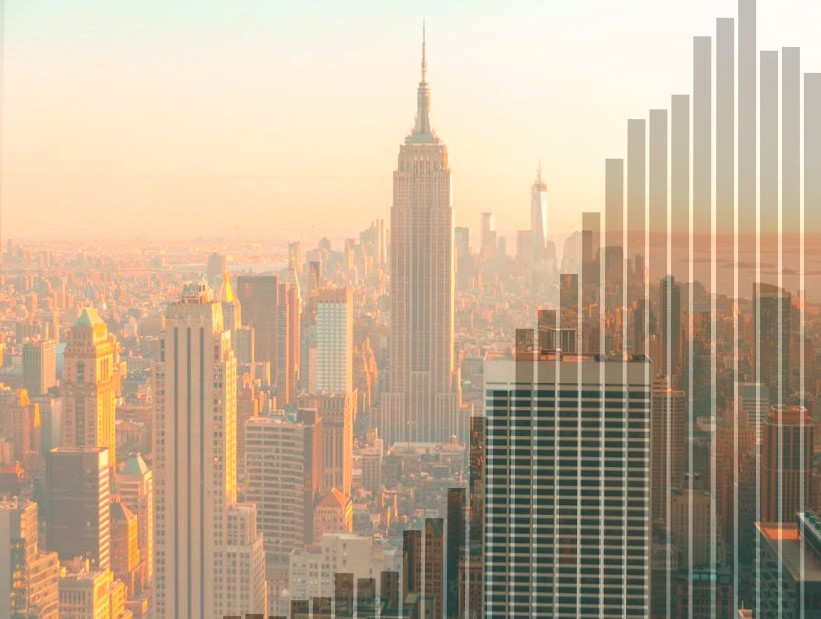As climate change reaches a tipping point, and the impacts become more pervasive and detrimental, we must uncover innovative new ways to engage people and put climate solutions right into the hands of the general public. Society needs to embrace modern, outside-the-box thinking and new strategies to solve the climate crisis. Thought leaders like Caitlin Sachdev, founder of CarbonForest, are combining their business experience and passion for the environment to develop creative solutions to environmental issues. CarbonForest delivers a carbon offset membership program through a unique digital platform. Caitlin is determined for CarbonForest to be part of the solution in stopping climate change.

Tell us about CarbonForest. How does the membership program work?
CarbonForest makes it easy for anyone to offset their carbon footprint through the planting of trees. Customers sign up to make monthly payments to offset their carbon footprint by planting 683 trees over time. CarbonForest works with tree planting partners and private and public landowners in the United States to have trees planted on behalf of our members. We create a digital experience for our customers with interactive updates so they never wonder if their trees were planted and if they are making an impact.
Planting trees is a great way to offset carbon pollution. How did you arrive at the number 683?
- The average American creates 34,000 lbs of carbon per year.
- One mature tree extracts 50 lbs of carbon from the atmosphere each year.
- 34,000 lbs of carbon per year / 50 lbs of carbon extraction per year = 683 trees!
Plant 683 trees, and at maturity those trees will extract carbon pollution out of the air at the rate the average American is creating it.
I bet your customers appreciate the simplicity of this approach. How important was it to make the CarbonForest process easy to understand?
Very important. Climate change can feel overwhelming. We believe every problem has a solution, but you have to break down the problem to its key components and make it bit-size enough so (a) the problem can be relatable to people (i.e., how does this impact my life) and (b) empower them to make a difference.
There are some incredibly elegant digital experiences in the marketplace that make it easy and fun for customers to interact with products. We felt that climate change solutions should have the same simplicity.
How did you first come up with the idea for CarbonForest?
In July 2019 I took a leap of faith and left my role running the Innovation Team at Charles Schwab. I felt compelled to be part of the climate change solution, because of my three little girls. I worried about our planet’s future and my daughter’s future, and I knew I had to at least try to help solve the problem.
I didn’t know what I was going to do and looked at a lot of different parts of the climate change problem – even touring Bay Area trash sites to understand the recycling business. I read a lot about climate change and scientific reports of analysis of ways we could solve it. After all of this research and many conversations with my family, I came up with the idea that offsetting your carbon footprint can be as easy as signing up for Netflix. From learning from my consumer research at Schwab and watching larger market trends, I developed a fundamental belief that there is a portion of the market who wants to do their part for the planet. The solution just didn’t exist yet in a way that was tangible, personal, and measurable.
It’s exciting that you’ve been able to apply your previous experiences to create a carbon offset program that stands to engage new audiences in the fight against climate change. How did raising your children influence your decision to start CarbonForest?
They were one of the main drivers in starting CarbonForest. For context, My husband and I have three little girls under the age of 6. For the pregnancy of my first daughter, climate change felt like a distant worry, but by the time I was pregnant with my second and third daughters it was very real. During both of these pregnancies in 2015 and 2018, Northern California suffered from catastrophic wildfires – some of the biggest the state had ever seen. The smoke from the fires was awful and I struggled to breath and worried about my kids.
Year after year it felt like the climate change problem was getting worse, and I struggled to look into my little girls’ faces and tell them, when they asked about the fires, that we would be okay. A sense of urgency to solve the problem came over me. I would talk to parents I’d meet at Bay Area playgrounds as well as family members back home in New England and my sisters who live in the Carolinas, and I realized I wasn’t alone in my feelings of frustration, worry and urgency. Something had to be done so future generations may prosper.
That is a very compelling reason. What else is in store for CarbonForest? Where do you see your company going in the next couple of years?
So much! If I would pick three things, our top goals are as follows:
- More trees planted and build our CarbonForest family.
- Create a top notch digital and membership experience for our customers.
- Partner with more private landowners and land trusts to bring the consumer demand to the small family land owners of America.
It sounds like you have a solid vision for your company’s expansion. We look forward to watching CarbonForest grow.



